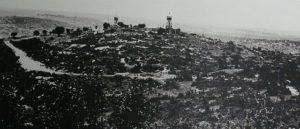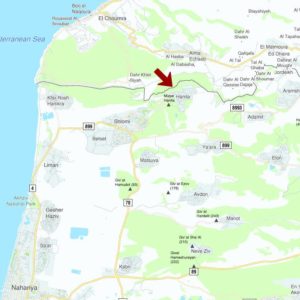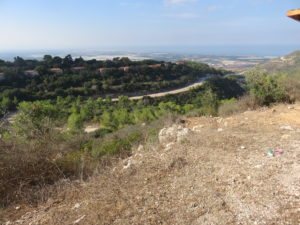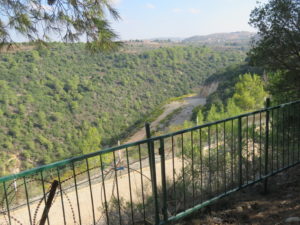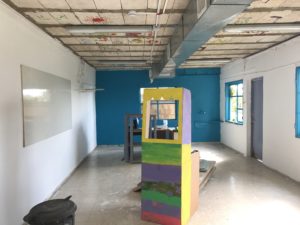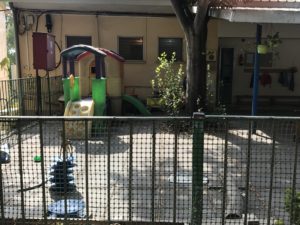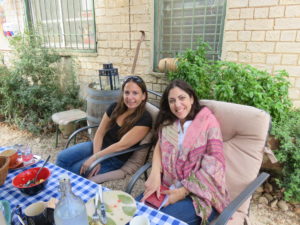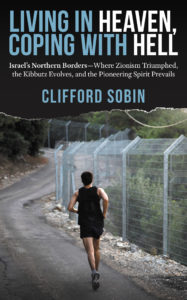 My New Book, now available on Amazon and Kobo (soon on B&N): Living in Heaven, Coping with Hell: Israel’s Northern Borders—Where Zionism Triumphed, the Kibbutz is Evolving, and the Pioneering Spirit Prevails, delivers a vivid portrait of Israel’s haunting and unpredictability violent northern borders. Here, amid widespread tranquility, a pervasive hint of danger lingers within communities that dot Israel’s borders with Lebanon and Syria.
My New Book, now available on Amazon and Kobo (soon on B&N): Living in Heaven, Coping with Hell: Israel’s Northern Borders—Where Zionism Triumphed, the Kibbutz is Evolving, and the Pioneering Spirit Prevails, delivers a vivid portrait of Israel’s haunting and unpredictability violent northern borders. Here, amid widespread tranquility, a pervasive hint of danger lingers within communities that dot Israel’s borders with Lebanon and Syria.
“You don’t know when it will blow, but you know it eventually will. It always does. And you know that when it does blow, it might kill you.”
Written in a conversational style, this compelling narrative answers why Israelis live in this dangerous region and illuminates the challenges they face. By intimately profiling many of its current residents and explaining how selected communities in the region took root, the book weaves forty interviews with historical fact to highlight the region’s heroic past and challenging future.
Recently, I received the following testimonial from award winning author and Writing Professor at the University of Victoria , David Leach:
— David Leach, author of Chasing Utopia: The Future of the Kibbutz in a Divided Israel
And another testimonial from Yuval Achouch Ph.D., a professor focusing on kibbutz industry and its transformation:
Living in Heaven, Coping with Hell may be read as a kind of anthropological work since Cliff Sobin describes so well the experience of living on Israel’s Northern border from the standpoint of its inhabitants. His enthusiasm is quite contagious and his erudition impressive. After more than thirty-five years living in Galilee, I have learned a lot about my own region due to this book. The author takes you for an exciting trip where history, present, landscapes and people intertwine. His talent for writing prevents you from putting the book down before you reach the end of each chapter.
—Yuval Achouch Ph.D., University Lecturer in Sociology at Western Galilee College and research fellow at the Institute for the Research on the Kibbutz and the Cooperative Idea, University of Haifa
